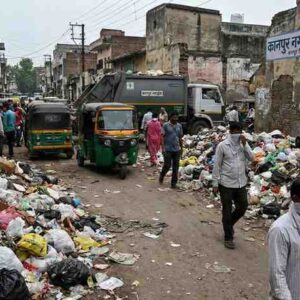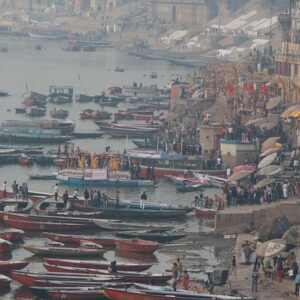Introduction
Cultural heritage, encompassing language, traditions, religion, and history, plays a significant role in defining collective identities. In diverse democracies like India, it can serve as both a unifying force and a divisive tool. Political parties often invoke cultural symbols and identities to rally support, creating a complex interplay between preserving heritage and advancing political agendas. This article examines the nuances of identity politics, its roots in cultural heritage, and its implications for governance and social cohesion.
The Foundations of Identity Politics
1. Cultural Heritage as a Source of Identity
Cultural heritage provides communities with a sense of belonging and historical continuity.
- Examples:
- The promotion of linguistic identities, such as Tamil pride in Tamil Nadu.
- Regional movements like the assertion of tribal cultures in the Northeast.
(Source: Ministry of Culture Reports)
2. Political Mobilization Around Identity
Political leaders often leverage cultural symbols to create a sense of shared identity, fostering loyalty among specific groups.
- Case Study:
- The Shiv Sena’s emphasis on Marathi identity to consolidate support in Maharashtra.
(Source: Centre for Policy Research)
Cultural Heritage as a Political Tool
1. Religion and Politics
Religious identities have long been intertwined with political agendas in India.
- Examples:
- The Ram Janmabhoomi movement, which blended cultural symbolism with political mobilization.
- Polarization tactics involving religious festivals or places of worship.
2. Language and Regionalism
Language-based identity politics often emerge in multilingual nations, emphasizing local cultures over national narratives.
- Example:
- The anti-Hindi agitations in Tamil Nadu, driven by fears of cultural assimilation.
(Source: Ministry of Home Affairs Reports)
3. Caste and Social Identity
Caste remains a powerful driver of identity politics, with parties crafting policies and rhetoric to appeal to specific caste groups.
- Key Trends:
- Reservation policies and caste-based welfare schemes often dominate electoral narratives.
(Source: PRS Legislative Research)
Implications of Identity Politics
1. Positive Outcomes
- Preservation of Heritage:
- Identity politics often revives interest in endangered languages, art forms, and traditions.
- Example: Efforts to preserve tribal art and culture in Jharkhand and Chhattisgarh.
- Empowerment of Marginalized Groups:
- Caste-based movements like those led by the Bahujan Samaj Party (BSP) have brought issues of inequality into the mainstream.
(Source: National Commission for Scheduled Castes)
2. Negative Consequences
- Social Divisions:
- Excessive focus on identity often deepens fault lines, creating “us vs. them” narratives.
- Example: Communal tensions exacerbated by religious polarization.
- Policy Myopia:
- Identity-driven politics sometimes sidelines developmental and governance issues.
- Erosion of National Unity:
- Regional and linguistic assertions can challenge the idea of a cohesive national identity.
(Source: Election Commission of India Reports)
Balancing Cultural Heritage and Governance
1. Fostering Inclusive Narratives
Political discourse must emphasize commonalities while respecting diversity, creating narratives that unite rather than divide.
2. Strengthening Institutions
Independent institutions can mediate identity-based grievances, ensuring fair representation without bias.
3. Investing in Education
Promoting awareness of India’s pluralistic heritage through education can foster mutual respect and reduce identity-based polarization.
- Example:
- Inclusion of local cultures in national curricula under the National Education Policy (NEP) 2020.
(Source: Ministry of Education Reports)
Conclusion
Cultural heritage is a double-edged sword in identity politics. While it can empower communities and preserve traditions, its exploitation for political gain risks deepening divisions and undermining national unity. Striking a balance requires inclusive governance, equitable policies, and a commitment to celebrating diversity without allowing it to fragment society. In a world increasingly defined by polarization, India must harness its cultural heritage as a force for unity, not division.













